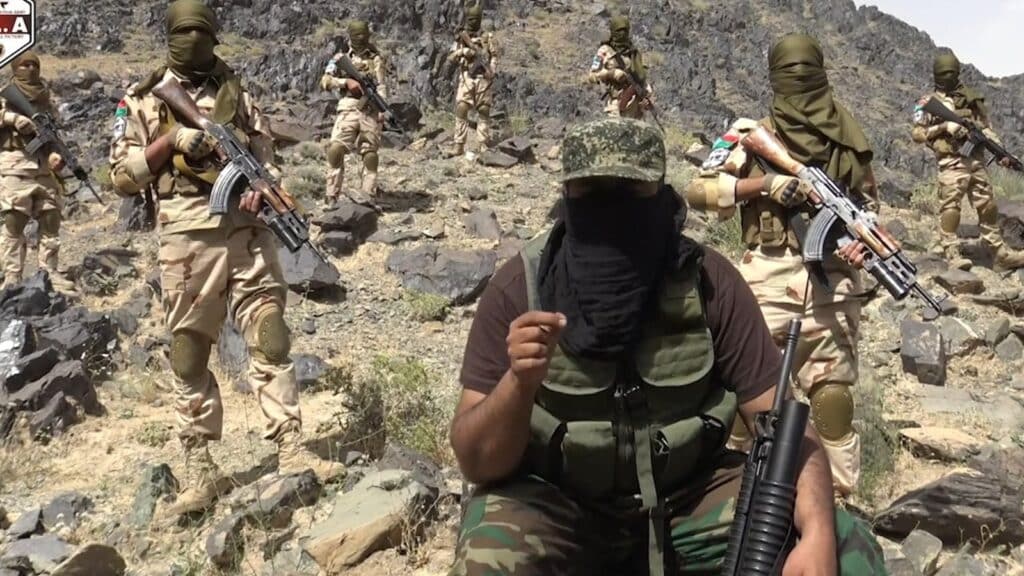The Baloch Liberation Army (BLA), a proscribed militant organization, has confirmed the death of one of its central commanders, Abdul Basit Zehri alias Qazi, who reportedly passed away on June 26 after prolonged illness. The group issued a lengthy statement glorifying his militant career and portraying him as an intellectual, strategist, and revolutionary. However, observers and security analysts see his death as a major blow to the organization’s ideological manipulation and operational planning.
Basit Zehri, originally from Zehri in the Khuzdar district, joined the BLA in 2006 and quickly rose through the ranks, allegedly becoming instrumental in radicalizing the youth and providing strategic direction to urban militancy in key cities including Quetta, Gwadar, and Hub. His influence was not limited to armed operations; according to intelligence and counterterrorism sources, Zehri played a key role in spreading a well-crafted narrative among the youth of Balochistan, distorting facts, exploiting grievances, and promoting a separatist agenda.
Described by BLA as an “institution builder,” Zehri was in fact a major architect of psychological and cyber propaganda that targeted vulnerable communities, lured young individuals into violence, and facilitated the spread of anti-state sentiment. He is said to have introduced layers of misinformation that glorified militancy as patriotism while ignoring the long-term damage caused to peace, development, and civil life in Balochistan.
Over the years, the BLA has repeatedly faced allegations of targeting civilians, kidnapping laborers, destroying infrastructure, and executing attacks that left innocent people dead or injured. Zehri, under the alias Qazi, was widely considered the operational and ideological link between the BLA’s armed units and its recruitment and indoctrination strategies.
Security officials believe that under his guidance, the group increasingly focused on converting its armed movement into a so-called “state-like structure” by promoting itself as an alternative governance model—while operating in secrecy and instilling fear among local populations.
Zehri’s family was also deeply involved in the group’s activities, with several of his relatives either killed in encounters or arrested in connection with militant operations. His younger brother and cousins were part of BLA missions, indicating a pattern of familial recruitment often used to project loyalty and internal discipline.
Despite the BLA’s tribute portraying him as a selfless strategist and intellectual, many consider Basit Zehri as a central figure in institutionalizing violence, spreading anti-state ideology, and prolonging the cycle of conflict in Balochistan. His reported involvement in digital warfare, youth indoctrination, and operational planning positioned him as a high-value propagandist within the banned outfit.
Experts argue that the glorification of militant figures like Zehri reveals how the BLA attempts to rewrite the narrative, portraying violence as heroism, while sidestepping the suffering, bloodshed, and instability such actions have caused across the region.
With his death, the BLA has lost a strategic propagandist and ideological operator—one whose absence could create internal disruption within the group. The organization’s announcement that it will name a new unit after him signals an effort to preserve his legacy, but also reflects an increasing desperation to maintain morale and cohesion in the face of mounting losses and diminishing local support.
Meanwhile, law enforcement and counterterrorism units see this as an opportunity to intensify efforts against remaining militant networks, disrupt their propaganda infrastructure, and reengage disillusioned youth with opportunities for peace, education, and integration.





